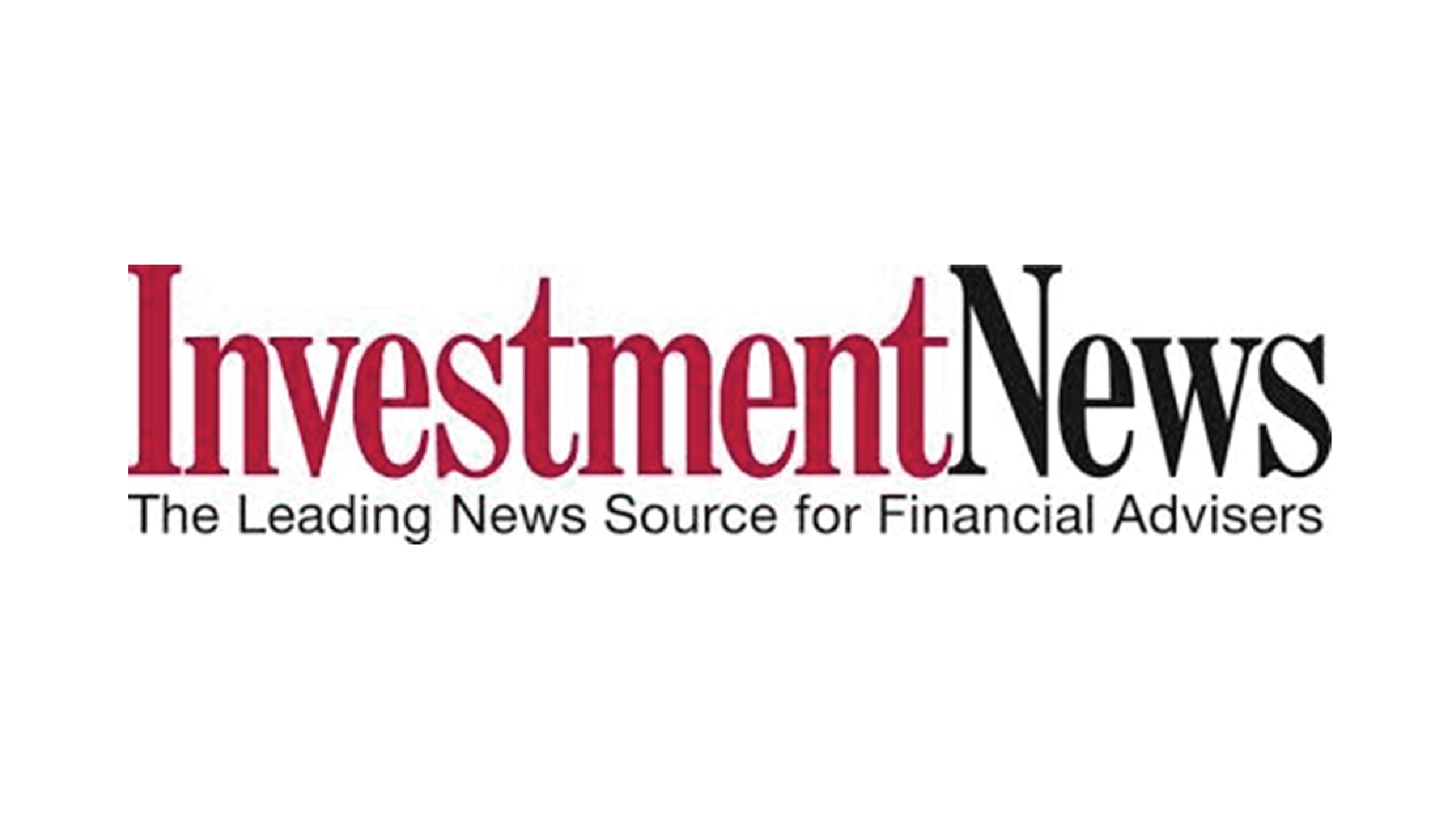With the RIA industry setting itself up for further consolidation based on the macro trends impacting the industry, the opportunity for peer-to-peer M&A activity is increasing dramatically. Multiple industry studies are anticipating record levels of deal-making in 2018, with volumes expected to increase dramatically in the years to come.
Scale is becoming critical for RIAs to build out centralized infrastructure, deploy the latest operational technology systems, hire professional management and embrace a digital client service experience to match the most successful firms. So much so that many industry experts suggest that firms with less than $200 million to $300 million in AUM may not be sustainable over the long run because they will not be able to afford the needed reinvestment in their businesses and will need to seek out a larger partner.
As a result, many larger and more established RIAs are actively pursuing inorganic growth strategies to take advantage of this industry consolidation movement to attract the thousands of RIAs that are in this target market. However, “buying badly” has the potential to derail firms from their stated missions and distract them from their current business of serving existing clients, as well as unnecessarily increase financial and compliance risks that are often unknown until after the deal has closed.
A successful inorganic growth strategy should be a thoughtful process after firms have shored up their own technology systems, back-office infrastructure, workflows and service models so they have the management and operational capacity and scale to efficiently integrate acquired or merged clients and employees.
So how are larger RIAs successfully closing deals? We recently profiled five well-known and highly successful acquirers of other RIAs (Aspiriant, Beacon Pointe Wealth Advisors, EP Wealth Advisors, Mercer Advisors and Parallel Advisors) for our white paper to glean insights into their strategies and approaches. From this research we have found RIAs that have a successful M&A track record showcase their capitalization, centralized infrastructure, family office services, tax expertise, professional management and investment solutions that ultimately will enhance the selling firm’s client experience.
These serial acquirers also emphasize that transitioning advisers don’t necessarily have to retire and exit their firms just because they have been acquired. Selling advisers are able to free themselves from day-to-day business issues and focus on better serving and growing their client base. In fact, they often report that they are rejuvenated, energized and see a clear path to becoming highly productive again in servicing their client base within their new firm after being acquired — something we call “reversing the burnout.”
For RIAs who are seriously interested in pursuing inorganic growth, our research with top firms active in the merger and acquisition game reveals some very direct next steps that need to be implemented before jumping into the M&A arena.
To be successful, an acquiring RIA’s pitch needs to focus on the reasons advisers got into the business in the first place: to serve clients and ensure they are taken care of in a way that they had always envisioned.
As part of that personalized approach, selling advisers often didn’t foresee the operational responsibilities and back-office management that they would inherit from running their own business — something that larger, better-resourced RIAs can quickly and easily absorb, freeing up the advisers to better cater to their clients.
In order to deliver on this promise, acquiring RIAs need to have a proven client service model, an efficient operations infrastructure and access to additional planning and investing resources so that the selling adviser’s clients will have a better experience than they are currently provided. Additionally, being able to showcase the ability to market via custodial referral programs, systematized marketing approaches and other organic growth strategies inherent in the firm goes a long way to demonstrating why they, their staff and their clients will be better off as part of a larger organization.
Thus, before heading down this path, it is critical that potential RIA buyers have an efficient infrastructure, professional management, best-in-class technologies, institutionalized client service models and an airtight compliance process. A good next step is to engage industry operations and technology consultants to perform a pre-M&A diagnostic to highlight areas that need improvement and actions to take to be on par with, or differentiate the firm from, the other sophisticated professional buyers out there.
According to these top RIA acquirers, the opportunity is there for the taking, but only for those that are prepared.
This article originally appeared on InvestmentNews.

